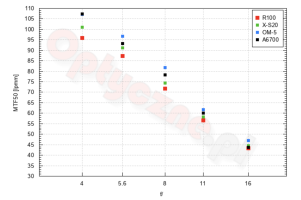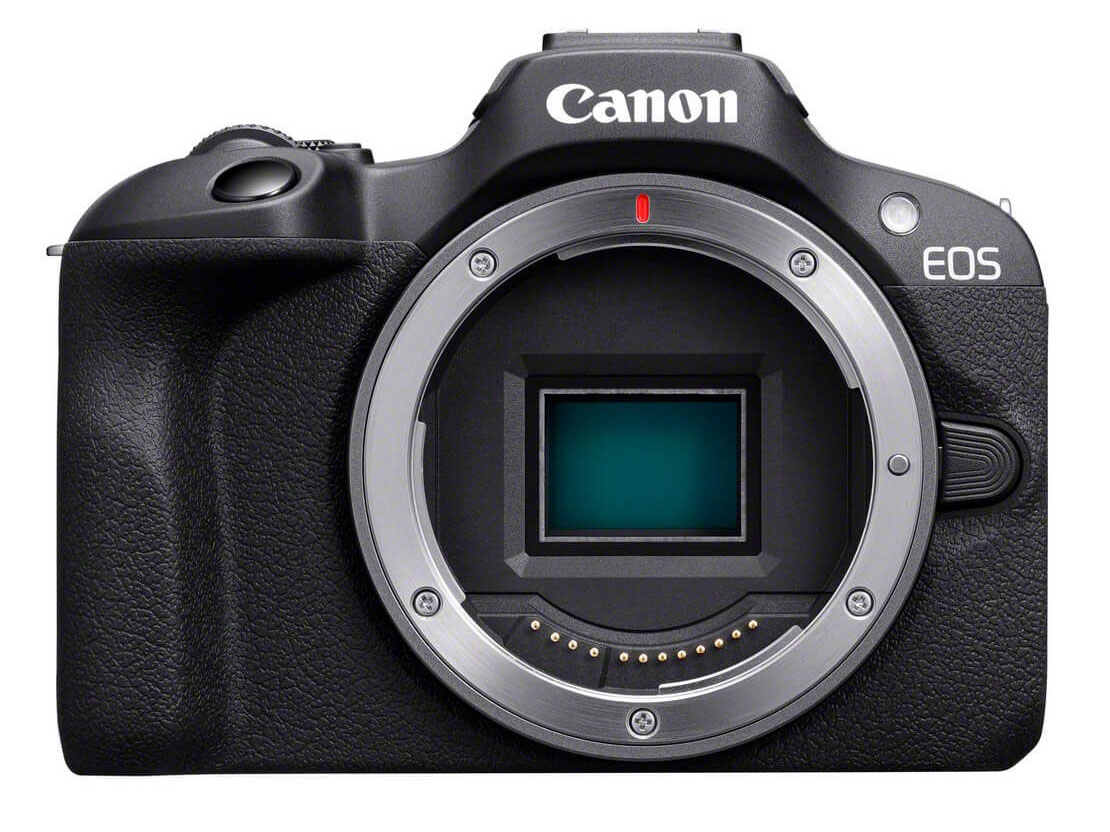Yet I've seen comparisons of real-world MF images to FF and even crop sensor images and it is amazing how few differences there really are.
As for "better"....I have no doubt the R5 II is perhaps one of the best MILCs ever released. It, arguably, is the best general purpose MILC available today. It also addressed almost every small quibble I have the R5. Well done Canon.
But I am wondering how marginal "better" is in this instance. Right or wrong, I am thinking back to the 1DX to 1DX II evolution. As hyped as the 1DX II was at the time (20.2 MP!!! 14 fps continuous shooting!!!), in hindsight, it was pretty marginal. Even the memory cards did not survive to the next iteration.
As someone considering upgrading but also thinking of standing pat with the R5:
- Better AF you say? I took this image following the osprey with a red dot gun sight mounted to the hot shoe...not looking through the viewfinder or liveview. This is how good eye-detect AF is.
View attachment 219158
How much better is the AF going to get? I have dozens of these from about 90 minutes when the tide was right. And if/when I do want better AF, would the R5 II really be the camera I want? Or the R1? By the time you add a grip, it isn't that much more.
- Higher FPS. Sure, 30 is more than 20. And I do like the control over fps in ES (that is a quibble I have the the R5). But I almost always shoot EFCS at 8 to 12 fps when I want high frame rates. I like having 20 fps, but I rarely use it. The mechanical shutter specs are unchanged.
- Less rolling shutter. Taken at face value, this affects those using ES and video. Not that critical for me. However, the underlying driver of less rolling shutter, faster readout speed, might actually help with AF between frames. That would be a benefit. A marginal benefit, but again, if this is important, then the R1 has even faster readout speed.
- Pre-capture. Yeah...that is a nice feature.
While I agree that the DR difference between the R5 and R5 II are likely meaningless, the fact that they are lower, even meaninglessly lower, when improvements I see appear fairly marginal or irrelevant for me, I completely get why some people might wonder if glass is a better investment at this time:
I am also eye-balling a few different lenses at the moment. If I do not get the R5 II or....R1.
I suspect Canon will be getting some money from me in one form or another.


